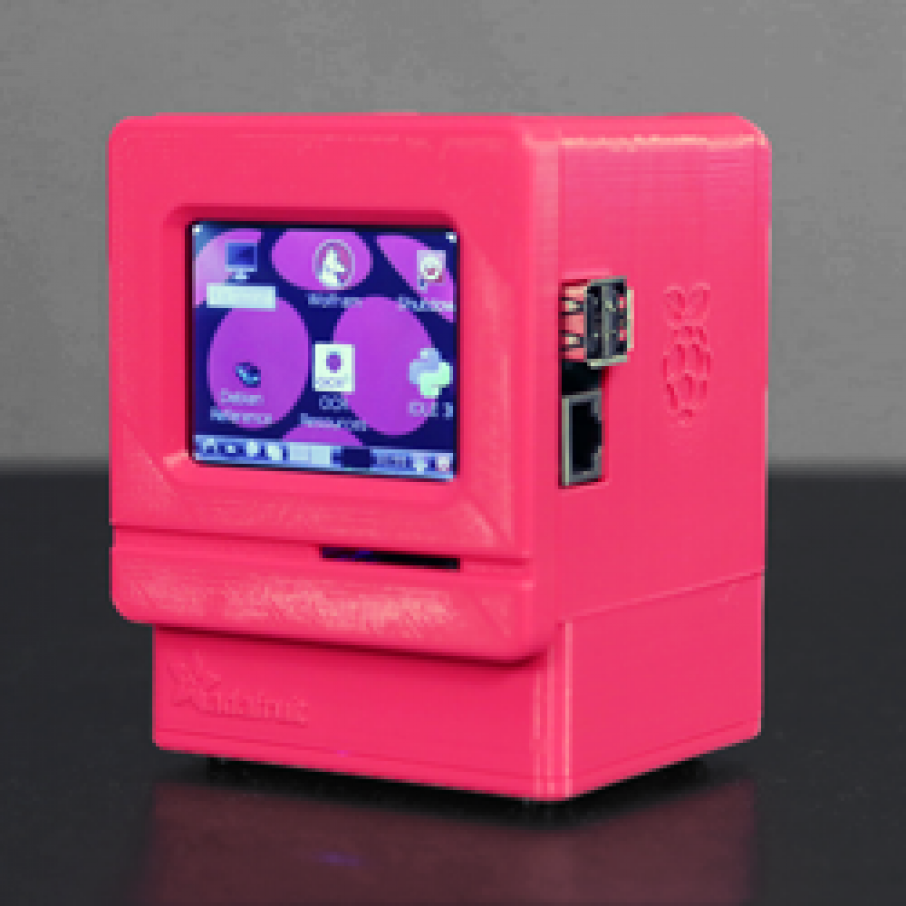Raspberry Pi Emulator Mac
This is a quick guide on how to setup your Mac to mount and run Raspbian images for rapid rpi prototyping, testing and tinkering. It enables your Mac to start and simulate a Pi 3 and all its (web)services via the terminal. So you can start tinkering in no-time before deploying on a life rpi. Canon pixma mx870 printer driver for mac download.
Install brew on your MAC. Open Terminal and enter this:
Raspberry Pi Emu; A Raspbery Pi 1 and 2 emulator for MacOS. RaspiEmu is a Raspberry Pi emulator, capable of running almost any ARM operating system; One of which is the commonly used Raspbian.(4) from the. Mac OS X 10.8.4.
After brew installed successfully we want to install QEMU, an easy OS emulator:

Now we have all needed resources installed. Next is to setup our work and folder environment and the scripts. I use a folder in my homedir called QEMU that includes a folder per project with the scripts on main folder. I also have a blank project which I always copy for a new project to start from. Lets begin with setting that up. Create a the main folder and the first projectfolder:
Create a script file with nano:
Now copy and paste this script into the terminal editor:

Now save and exit with STRG+X and confirm saving with Y (Yes) and hit enter.
Last thing to do is to make the script file executable:
Now we need to download the raspbian image, a working kernel for the raspbian distribution and a versatile DB.
Download the raspbian buster image, in our case here:
As we want to simulate and run the image on a Raspberry with 64bit we need a fitting kernel, versatile-db.dtb file and the helper files. For raspbian buster you can download the whole package here:
Now you should have these files and copy them via finder into the project directory we created earlier over the terminal: ~/QEMU/rpi3-64bit-blankimage/
This is how it should look like:
If you want to create a new project you just need to copy the script and the folder and change the appendix '-blankimage' into your project name and change that as well in the path in the 'start-..sh' launch script.
Last step before we can run the image now, is to change the /etc/fstab on the rootfs partition of the image. For this we need to mount the image and edit with an editor of your choice the the /etc/fstab. I would recommend you to dublicate the original file and save it as an fstab_backup or similar. Now change the fstab to:
Now you can start your virtual Raspberry PI with:
Thats it for now, you are ready to use and test all kinds of rpi images and installations locally on your MAC 🙂
Enjoy and have fun!
